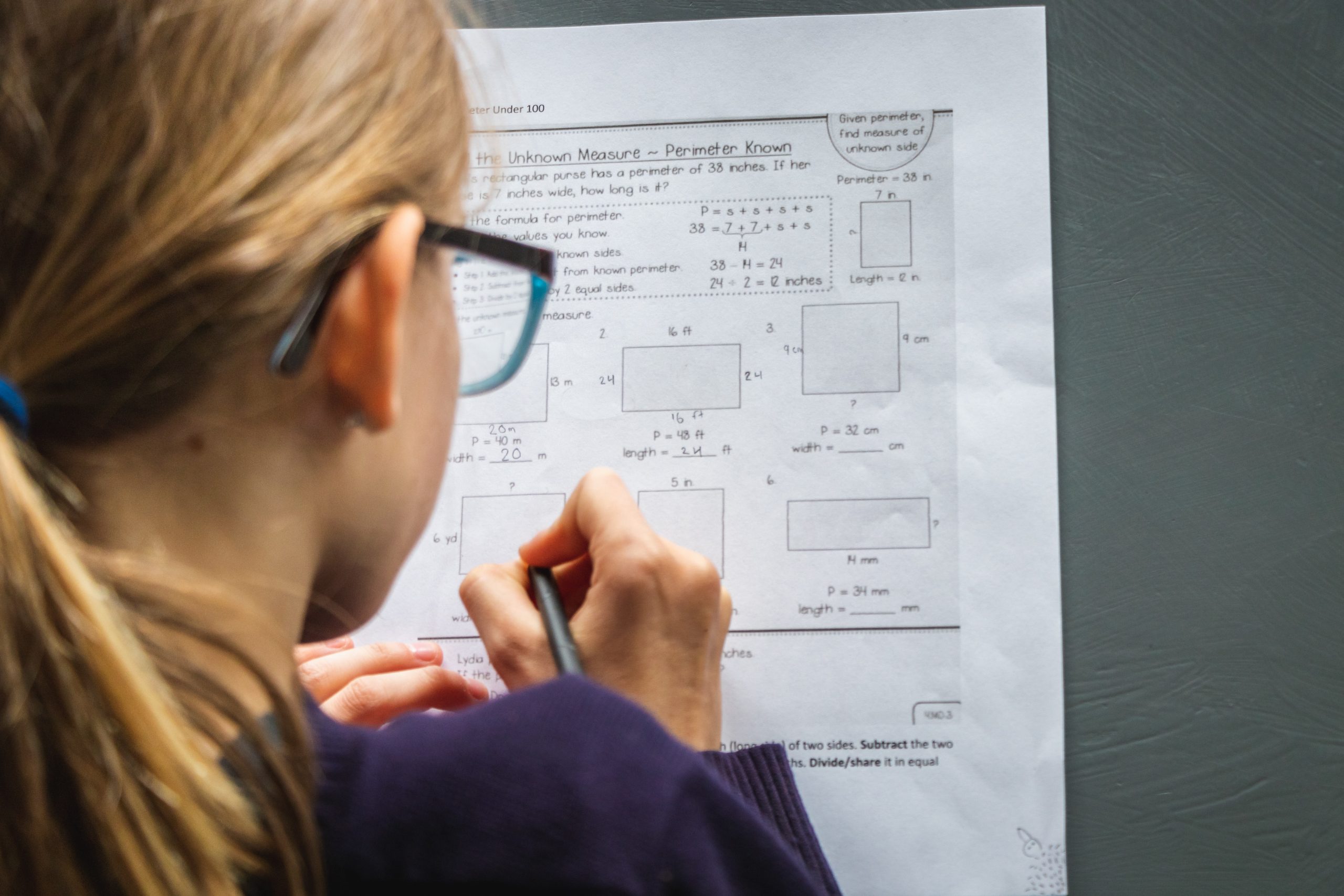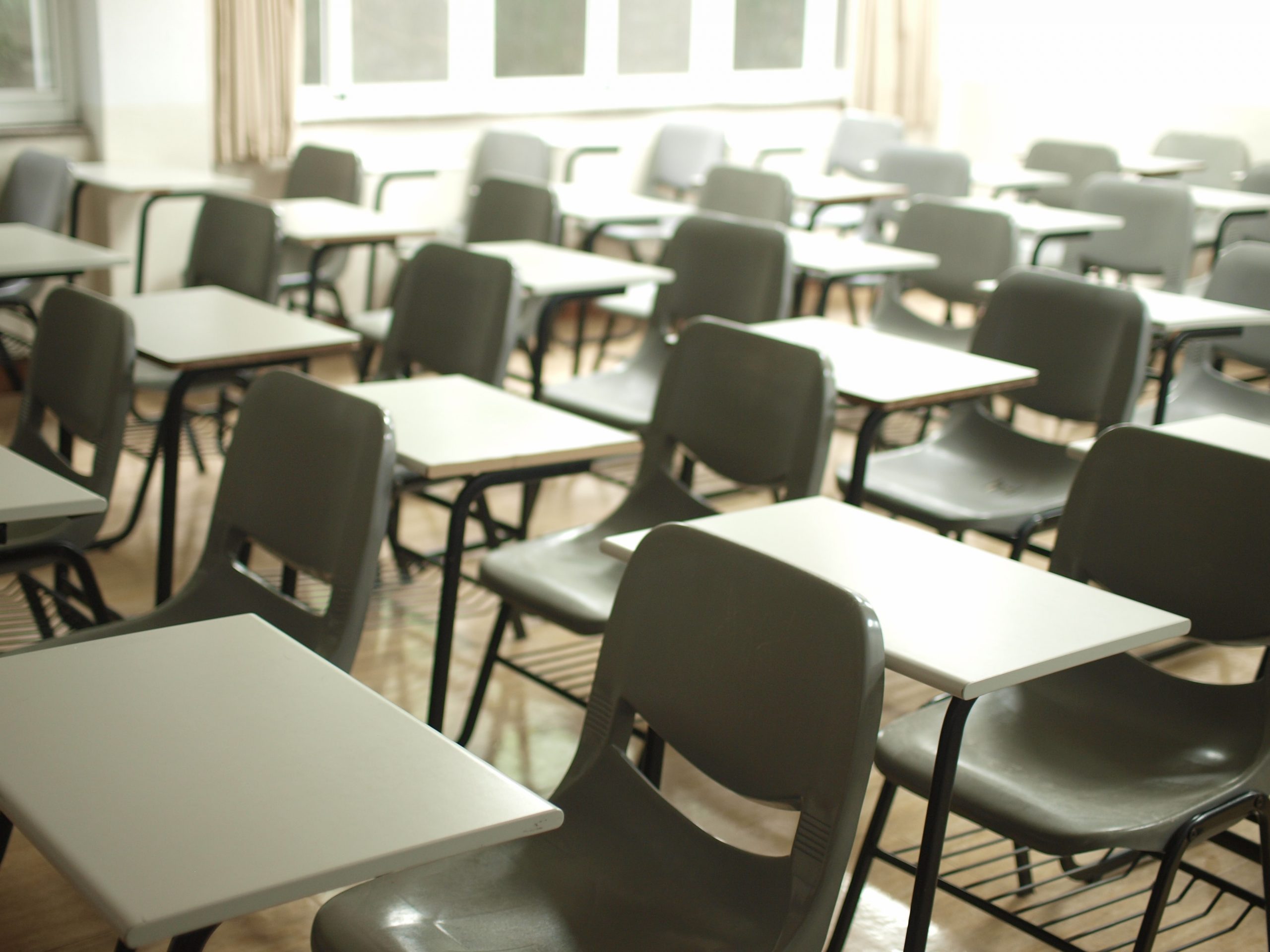A new law on affordable school uniforms designed to alleviate financial pressure on parents has arrived just too late for this school year, but is the cost of uniform really prohibitive and does it compromise access to education?
The new legislation, introduced as a Private Members’ Bill by Labour MP Mike Amesbury, is designed to make school uniforms more affordable. The Act “will require schools to follow new statutory guidance on uniform costs, instructing them to keep prices down.”
High costs for mandatory school uniforms could be considered a threat to the right to education, enshrined in Article 2 of the first protocol of the Human Rights Act, because some parents are unable to pay and their children may face punitive or exclusionary measures as a result of not having the right uniform.
It’s a step in the right direction but who will enforce this and hold schools to account?
Receiving cross-party support, the guidance will instruct schools to consider high-street alternatives and includes encouraging the purchase of second-hand uniforms.
“School uniforms are important in establishing the right ethos in a school,” said Nick Gibb, school standards minister. “They also help to improve behaviour and a sense of belonging and identity. But we want to be sure they are affordable for parents. This new law will help to save families money and ensure the cost of a blazer or shirt is never a barrier to accessing the best possible education.”
The Children’s Society says that the average uniform cost is £315 per primary school pupil and £337 per secondary pupil, placing a heavy burden on parents. However, the Schoolwear Association’s estimate is significantly lower. Their research showed an average cost of £93 per pupil when they start secondary school, a decrease from last year’s estimate of £101.19 per pupil. As many school items do not need replacing every year, they estimate that the annual cost is £33.21.
What is the law going to do?
The Education (Guidance about Costs of School Uniforms) Act received Royal Assent in April 2021 but will not come into effect until next year. A short couple of pages long, as things stand, the new rules will come out in full when the Department for Education publishes its statutory guidance later in the autumn.
A government update said: “It will also advise schools to make sure that when they take up contracts with uniform suppliers, they are competitive and transparent in order to keep costs down.”
The rules will be added to the existing Education Act 1996. It mandates that the secretary of state issues guidance to “the appropriate authorities of relevant schools in England about the costs aspects of school uniform policies”.
The guidelines have been welcomed but some are wary that the law lacks real power to mitigate high uniform costs.
“It lacks teeth and clearly the public are not aware of the new law, including school staff,” said Tat*, a mother who spends up to £800 a year on school uniform. “It requires schools to follow Department for Education guidelines, but they’re just guidelines: schools will only have to consider costs. It’s a step in the right direction but who will enforce this and hold schools to account?”
It is anticipated that the guidance will curb the number of logos on uniforms, allowing parents to buy items from cheaper retailers.
Are school uniforms necessary?

Credit: Element5 Digital / Unsplash
Although some argue that school uniforms suppress individuality, research indicates that they are an equaliser in the school environment. A survey conducted by Trutex in association with The Diana Award revealed that nine in ten teachers believe school uniform reduces bullying and half of the children surveyed agreed.
School uniforms have long been an intrinsic part of the UK education system and, while few other countries adopt the same approach to school clothing, it does appear to have a positive impact on children’s education.
“The vast majority of schools already think very carefully about the uniform that they ask parents to buy,” said Matthew Easter, co-chair of the Schoolwear Association. “They think about the demographic of the kids that go to their schools, they think about the local requirements that they might have for uniforms and they also recognise that there are parents that are struggling with uniform costs.”
For parents and children from lower socioeconomic backgrounds though, a school uniform is not always the equaliser schools want it to be.
Tat explained: “Children shouldn’t be penalised or stigmatised via school uniforms. It’s punishment for which they have no control and is damaging, with long-term effects. It isn’t an equaliser when you’re on a low income – it becomes a stick to beat parents with.”
How do high costs affect parents?

Credit: Annie Spratt / Unsplash
For parents struggling to make ends meet, the guidance could ensure children are able to access education without disciplinary consequences for incorrect uniform.
“If my children didn’t have the correct school uniform, they would have been sent home, creating stigma and embarrassment for them,” said Tat, a disability campaigner. “The cost is crippling, to be honest. It’s a huge sum of money, and if the children have had a growth spurt, it’s another cost mid-year for uniform and shoes. It’s money I don’t have. I have even got into debt to pay for school uniform.”
At schools with uniforms that can only be sourced from a limited number of retailers, the costs can skyrocket. For Tat, school skirts must now be bought from a single supplier, increasing her cost from £14 from Marks and Spencer to £22 per skirt from the designated vendor. She says even PE kits were restricted to a single supplier under a new headteacher.
“[My son] just started sixth form this week and has to wear business suits, shirt and tie,” continued Tat. “I have spent approximately £300 on his uniform, as he needs at least two pairs of trousers and five shirts, plus ties and two suit jackets, especially as he cycles to school and will be facing inclement weather.”
Although the new guidance will encourage schools and parents to buy second-hand uniforms, some areas do not have these options available.
“There is no second-hand uniform shop at the school (it’s in an affluent area), and no facility for some sort of exchange shop,” added Tat. “Once uniforms are done with, it’s only specific charity shops who will take them, and that meant when the logo changed, old uniforms were obsolete and probably ended up in landfill.”
The Schoolwear Association is also calling on the government to abolish VAT on school uniforms, as it is an essential purchase.
“We’ve heard of children being sent home from school because their parents could not afford the correct uniform and of families facing impossible choices like cutting back on food or heating in order to buy the right kit,” said Mark Russell, chief executive at The Children’s Society. “Some parents even said the cost of uniform impacted what school they sent their child to. This Bill will make life easier for families and help children to feel like they fit in at school and are equal to their classmates.”
What help is currently available?
 Credit: Greg Rosenke / Unsplash
Credit: Greg Rosenke / Unsplash
There are some schemes already available to help parents struggling with the cost of uniforms. However, these tend to be school-specific and availability varies.
Easter said some schools work with their chosen uniform provider to cover the costs for children from households that may struggle to meet them. “Whilst we understand, as an industry, that school uniform does tend to be bought annually and there is a cost to it, for the vast majority of parents that is an inconvenience rather than a major problem, so the industry works, across the country, to support those parents where it is a major problem.”
Tat, who found no help after enquiring at her local authority, said: “There needs to be more access to grants and discount schemes; the process of applying for grants needs to be readily accessible to parents and restricting uniform to one exclusive supplier needs to completely stop. The law needs to be concrete and definite and not reference to guidelines because guidelines are purely that and have no enforcement.”
*Names with an asterisk have been changed to protect the identity of the source.







